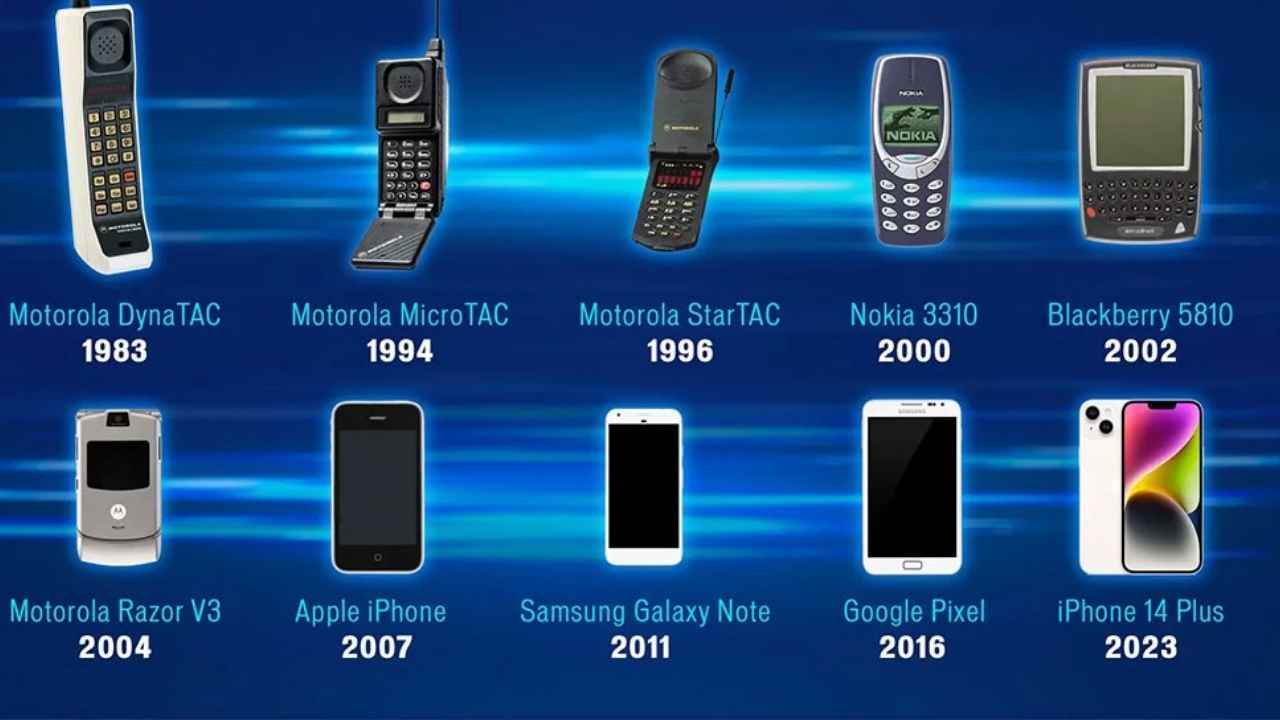The smartphone industry has undergone remarkable changes over the past two decades, revolutionizing the way we communicate and interact with technology. From the early days of basic cell phones to today’s advanced, multifunctional devices, the evolution of smartphones is a testament to rapid technological progress.
What Are Smartphones?
Smartphones are handheld devices that combine mobile phone capabilities with advanced computing functions. They allow users to access the internet, run applications, and manage various tasks, making them essential tools in daily life.
When Did Smartphones Become Popular?
The concept of smartphones began in the early 2000s with devices like the BlackBerry and Nokia 9210. However, it wasn’t until the launch of the Apple iPhone in 2007 that smartphones truly gained mainstream appeal. This breakthrough device transformed the market with its touch-screen interface and user-friendly design.
Where Are We Today?
Today, smartphones are ubiquitous. The latest models boast features such as high-resolution cameras, artificial intelligence integration, and 5G capabilities. Consumers are no longer just looking for communication tools; they seek comprehensive mobile experiences that cater to their personal and professional needs.
How Have Smartphones Changed Our Lives?
The impact of smartphones on daily life is profound:
- Instant access to information and social media
- Enhanced communication through text, video, and audio
- Mobile banking and e-commerce capabilities
- Health and fitness tracking applications
Smartphones have not only changed how we connect but also how we work, learn, and entertain ourselves.
Comparison of Key Smartphone Features Over 20 Years
| Feature | 2003 Models | 2023 Models |
|---|---|---|
| Screen Size | 2-4 inches | 6-7 inches |
| Camera Quality | 1-2 MP | 100+ MP |
| Battery Life | 1 day | 2-3 days |
| Processing Power | 100-200 MHz | 3-5 GHz |
| Operating System | Proprietary | iOS, Android, etc. |
Why Are Smartphones Crucial in Modern Society?
Smartphones have become indispensable for various reasons:
- They facilitate real-time communication across the globe.
- They provide instant access to vast amounts of information and learning resources.
- They support an ever-growing number of applications that cater to diverse user needs.
Conclusion: The Future of Smartphones
As we look back at the evolution of smartphones over the last 20 years, it is clear that these devices have transformed our lives dramatically. With ongoing technological advancements, such as foldable screens and enhanced AI features, the future of smartphones holds even more exciting possibilities. As they continue to evolve, smartphones will remain at the forefront of technology, shaping how we experience the world.
